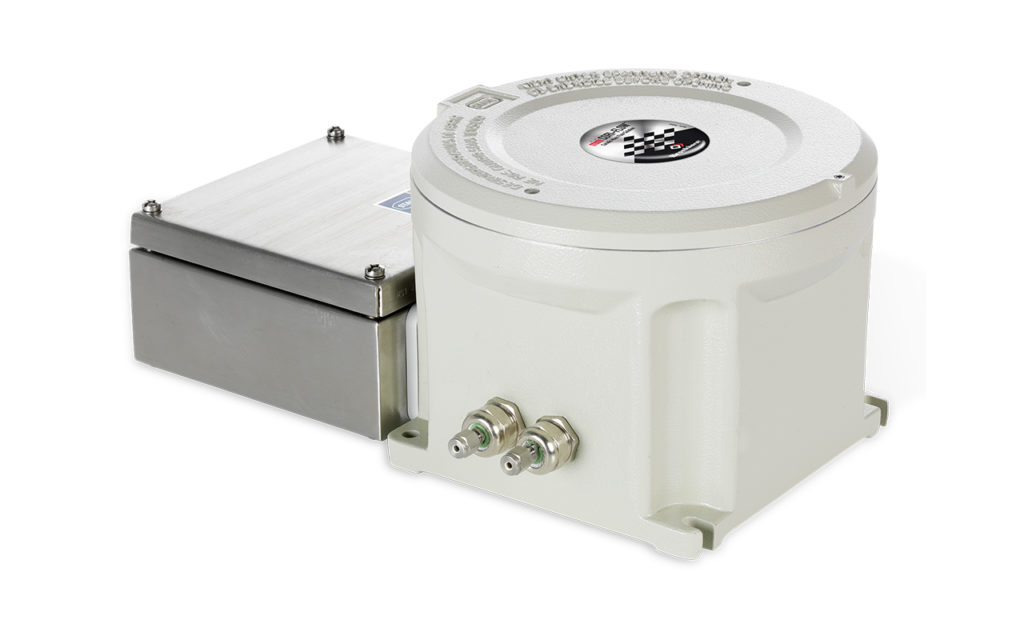It is well known that you cannot manage anything you cannot measure. A flow meter is thus essential for all residential and industrial machines. It measures the mass or volume of a liquid or gas and is also called the flow indicator, liquid meter, flow gauge or flow rate sensor based on its industry.
Irrespective of its sector and name, the flow meter will improve the accuracy, resolution and precision of your machine. With most residential and industrial machines now running on electricity, electronic flow meters are essential to ensure the current will not harm your machine.
Other than the meters for regulating current flow, positive displacement meters are used in most industrial applications dealing with fluids. These are volumetric measuring instruments that will measure the precise volume flow of your machine with each revolution of its internal components.
Here are the types of positive displacement flow meters that might suit your application.
Reciprocating Piston Meters
These are at times called oscillating piston flow meters and come in multiple, single, rotary and double-acting flow meter varieties. Each piston in these flow meters will be magnetically or mechanically operated to fill cylinders with fluid then discharge it.
Every stroke is equal to a specific fluid measurement. Reciprocating piston meters are used for oil metering and residential water service applications where they water along with fine sand and dirt.
Oval Gear Meters
These comprise oval-shaped gears with close-fitting synchronized teeth. The rotation of the gear shafts will generate a fixed liquid amount through the meter. Monitoring the shaft rotations will enable you to calculate the liquid flow rate.
Oval gear meters are entirely accurate since the slippage between their gears, and their housing is minimal. The process fluid’s lubricating properties determine the turndown ratio of your flow meter.
Nutating-Disk Meters
These mark the most commonly used positive displacement flow meters, particularly in residential water applications. They comprise a movable disc positioned along a concentric sphere inside round side-walled units.
Nutating disc meters range from 2-5/8 inches in size and will handle fluid pressure ranges of 150-300psig. Their calibration will vary based on its fluid’s viscosity.
Rotary Vane Meters

These are available in different configurations though they all work based on the same principle. They have evenly divided rotating impellers and at least two compartments in the chamber. The impellers’ rotations will be counted then documented in volumetric units.
Rotary vane meters are generally used in the petroleum sector and support maximum temperatures of 3500 F and pressures of 1000psig.
Roots Flow Meters
These closely resemble oval gear flow meters. They have two-lobed impellers that will revolve in the opposite direction within a single body housing. The peanut-shaped gears in root flow meters will emit a specified fluid volume with each rotation into the chamber.
The above positive displacement flow meters have a high turndown and are quite accurate. Moreover, they can be used for corrosive, dirty, and very viscous fluids and will no need no straight runs for optimal fluid flow.
These flow meters are however more costly and more cumbersome compared to other flowmeter variants like the magnetic, orifice plate and vortex.
